Tekniker has developed TITAN, a piece of equipment that, from the process point of view, uses additive manufacturing technique to make large titanium structures by means of the Wire-based Laser Deposition technique (w-LMD), and develops equipment and components.
Manufacturing processes used to produce metallic components based on 3D printing featuring direct wire deposition are revolutionising the production of large parts in a number of sectors where it is essential to achieve high levels of accuracy for equipment such as aeronautics, aerospace, wind power and shipbuilding. High process efficiency, improving the structural quality of materials, system resilience and freedom of movement and lower costs in terms of the raw materials used have aroused the industry’s interest in this manufacturing technique.
It is in this context that the Tekniker technology centre, a member of the Basque Research and Technology Alliance (BRTA), has developed TITAN, a “titanic” piece of equipment fully designed and developed with in-house technology that can manufacture large metallic structures measuring up to 1900 x 800 x 750 m3 by using the Laser Metal Deposition (w-LDM) technique.
In contrast with other additive manufacturing technologies focused on using an electric arc or other types of heat sources to melt the wire, w-LMD produces less thermal effects and, consequently, less distortion and deformation in materials. This guarantees the structural integrity of components during a manufacturing process.
Likewise, this equipment developed by Tekniker can operate under normal atmosphere and temperature conditions as well as in inert and vacuum atmospheres to manufacture structures for which special alloys such as titanium are used. The system can also deliver a maximum deposition rate of 3 kg per hour.
The technology centre is mainly using this innovative additive manufacturing equipment for applications in sectors such as aeronautics, aerospace, shipbuilding and wind power.
The machine tool sector, moreover, could potentially become an integrator and manufacturer of equipment incorporating this technology. An example of this can be found in the collaborative actions carried out by Tekniker and Geminis Lathes (a lathe manufacturer) within the scope of the LASTORN project for which this additive manufacturing technique has been used in turning processes to recover components characterised by complex geometries (coating processes using shaft-type cylindrical structure deposits).
Different alloys
Although the initial goal of TITAN consisted in manufacturing titanium structures, work is currently in progress at the technology centre with other types of alloys (iron, nickel, aluminium, etc.) with which it is possible to produce wire with diameters ranging between 0.6 mm and 1.6 mm.
David Gómez, head of Technology Services at Tekniker, explains that “the degree of resilience achieved thanks to laser technology and advanced monitoring and control systems has made it possible to manufacture components for which complex materials such as, for instance, aluminium have been used.
Tekniker, for example, has recently been working in collaboration with an international research centre to develop various nickel-based test parts for tool steel alloys.
In essence, and thanks to this equipment, the technology centre is now able to offer solutions for different industrial sectors to implement manufacturing processes for certain types of materials and geometries to produce large metallic parts by means of additive manufacturing. Monitoring, inspection and control technologies have also been developed together with recharging and recovery services.



